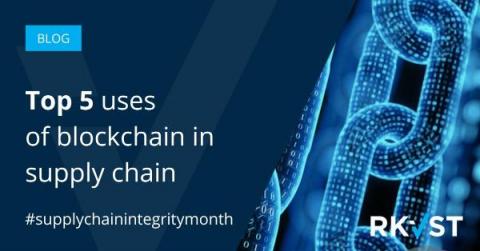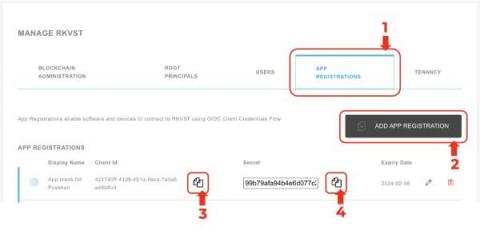Security | Threat Detection | Cyberattacks | DevSecOps | Compliance
DataTrails
Instaproof in action! Drag. Drop. Create!
RKVST Instaproof - instant data provenance
RKVST Track and Trace Demo
Top 5 uses of blockchain in supply chain
It’s April, designated National Supply Chain Integrity month by CISA, NCSC, ONCD and Department of Defense, to promote resources, tools, and information to help organizations and agencies secure their supply chains and build resilience. But what role does blockchain play in supply chain and how easy is it to implement? Blockchain technology has numerous potential applications in supply chain due to its ability to provide a secure, transparent, and tamper-proof ledger of transactions.
RKVST showcases supply chain integrity, transparency and trust implementation at IETF 116 Hackathon
Postman Configuration for RKVST
We’re very pleased with our Python SDK, Jupyter Notebooks, and our OpenAPI Developer Console but sometimes we all want a bit more fine control or command chaining than those can offer. One of my favourite tools for such situations is, of course, Postman. It can make interacting with RKVST super quick and easy, and help you develop custom workflows for storing and validating your digital evidence ledgers.
Tracking the transport of radioactive sources with blockchain
This week, Australian authorities recovered a tiny capsule, just 6mm x 8mm (0.24 x 0.31 inches) along a 900km section of Australia’s longest highway, the Great Northern Highway. The pea-sized capsule was a radiation gauge containing caesium-137, a radioactive material with a half-life of 30.05 years, that is used to measure the density and flow of materials in the mining, and oil and gas industries.
RKVST launches new public attestation service for supply chain operations
Turning raw data into golden evidence: the magical power of attestation
There are already so many words and concepts in information security: why do we need another one? And indeed ‘attestation’ is already used in several industry contexts with many subtly different meanings: what do we gain by overloading it?










